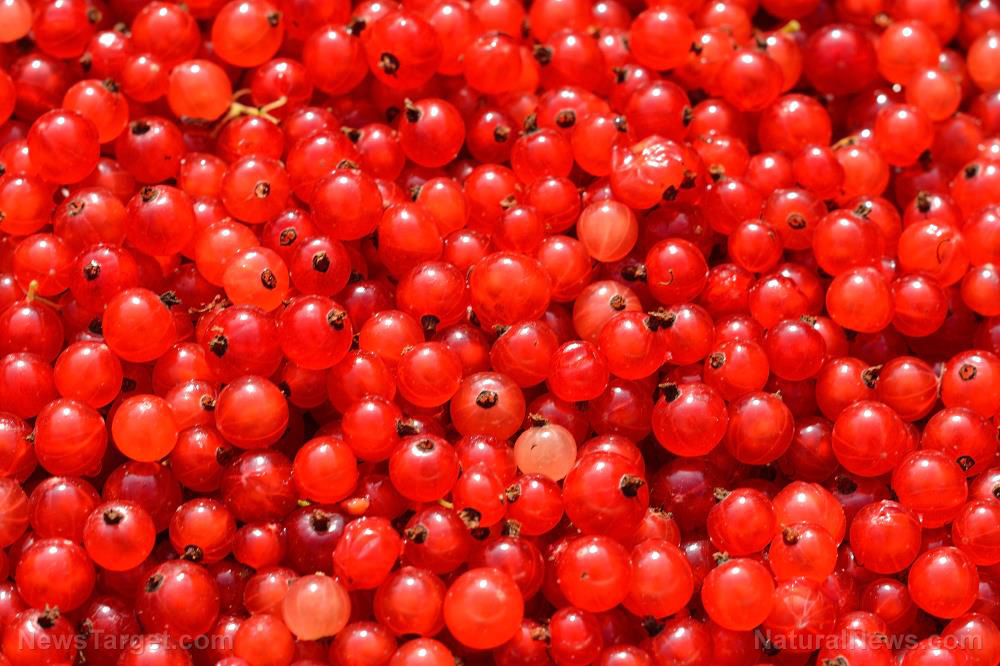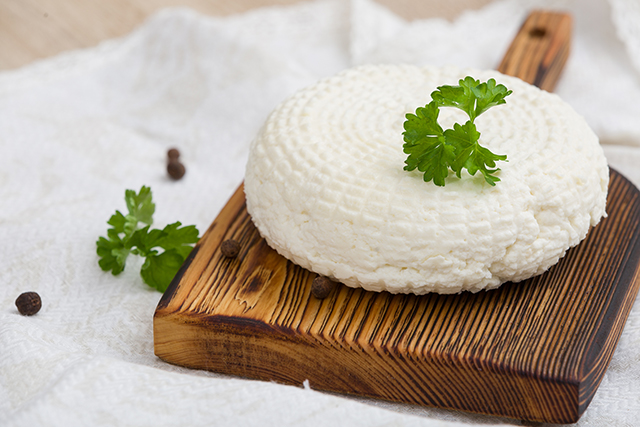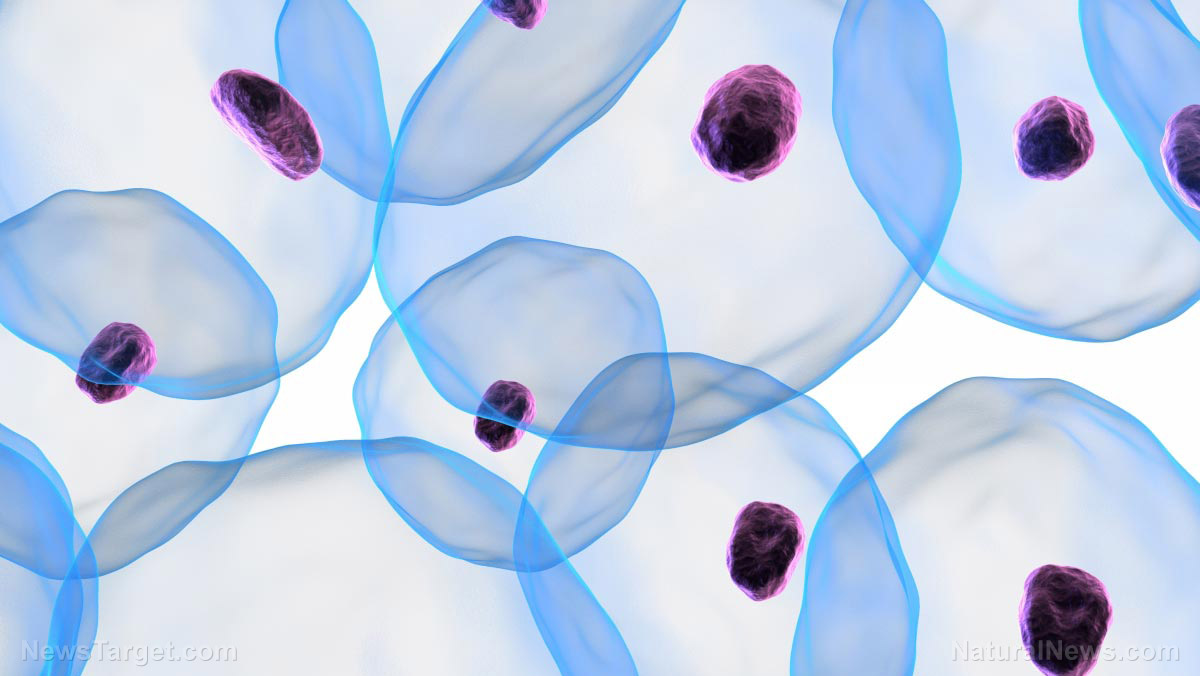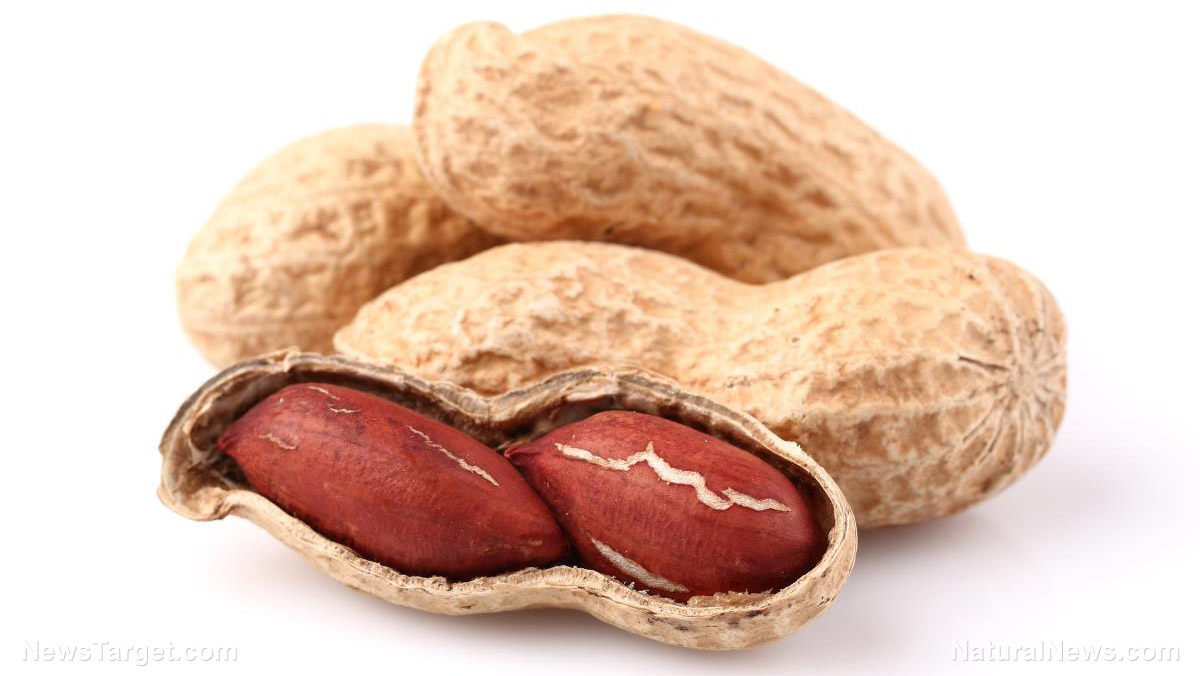Why fear the specter of cancer when ANTIOXIDANTS are readily available?
08/13/2025 / By Lance D Johnson

Imagine your body as a bustling city. Every day, tiny construction workers (our cells) are constantly building and rebuilding our infrastructure (our tissues and organs). But lurking in the shadows are vandals—free radicals—that can wreak havoc on this delicate system. Antioxidants, our body’s invisible security force, step in to neutralize these troublemakers, ensuring the city thrives. In a world where cancer rates are on the rise, understanding how these defenders work could change the course of our health journey. Let’s dive into the brave world of free radicals and the superheroes of the food world that can thwart them.
Though the specter of cancer looms large, the real threat begins with free radicals. These unstable molecules, born from the body’s everyday functions but also exacerbated by environmental factors, are like storm clouds hanging over our cellular cities. They roam nearly unchallenged until antioxidants swoop in, neutralizing the damage they cause. By nourishing our bodies with antioxidant-rich foods, we are not just fortifying our defenses against cancer but enhancing the very quality of life we live. In this article, we explore the intricate battle within, the nature of oxidative stress, and how antioxidants can turn the tide in our favor, changing more than just cell health but the trajectory of our lives. Join us as we delve into ten of these warrior molecules and the garden of foods teeming with them.
Key points:
- Free radicals are highly reactive chemicals that can harm cells, leading to cancer.
- Antioxidants neutralize free radicals, promoting cellular resilience and health.
- Certain foods, rich in antioxidants, play a crucial role in disease prevention.
- Various antioxidants, including resveratrol, lycopene, and vitamin A, have unique benefits and sources.
- A diet rich in antioxidant-rich foods can improve quality of life and reduce cancer risk.
The invaders: Understanding free radicals
To comprehend the role of antioxidants, we must first understand the enemy they fight: free radicals. These rogue molecules are created as a byproduct of normal cellular processes, particularly when our cells use oxygen. Environmental stressors like pollution, radiation, and even emotional stress can exacerbate their production. But it’s not just the volume of free radicals that concerns us; it’s their extreme instability. Free radicals lack electrons, which makes them seek balance by stealing electrons from healthy molecules in our cells. This theft sets off a domino effect, damaging cell membranes, proteins, and DNA. Over time, these injuries can accumulate, leading to aging and, in severe cases, cancer. From the very moment we breathe, our cells are engaged in an invisible struggle—infinitely more complex than any city’s infrastructure crisis.
Understanding this process is just the beginning. The havoc caused by free radicals extends beyond DNA damage and cell dysfunction; they can also influence the inflammatory response within the body, tipping the balance toward chronic conditions. The irony lies in the fact that free radicals are an omnipresent reality of life, making it all the more critical to fortify our defenses—antioxidants are the lynchpin in this battle.
The defenders: The role of antioxidants
Antioxidants, our internal sentinels, come to the rescue when the invaders strike. They are a diverse group of molecules that neutralize free radicals, acting like a chemical sink to absorb their toxicity. By doing so, antioxidants prevent the domino effect of cellular damage, promoting overall cellular health. The key here is maintaining a balance between the production of free radicals and the defense mounted by antioxidants. Too many of the former, and the cellular city is under siege; too few of the latter, and the defenses crumble.
Antioxidants not only mend the immediate damage caused by free radicals but also support the body’s natural repair mechanisms. They help keep cells resilient, ensuring they can continue their vital functions without succumbing to the constant assault. This protective nature is why a diet rich in antioxidant foods is so important. The everyday battle we fight against toxins and aging isn’t just about eradicating the enemy but also bolstering our defenses to withstand each conflict.
Ten warriors: Antioxidants and their sources
To harness the power of antioxidants, we need to know which ones to include in our diet and how. Below are ten of these heroic molecules, along with the foods that offer them in abundance.
1. Resveratrol: Known for its potent antioxidant properties, resveratrol is particularly effective at inhibiting tumor growth and promoting apoptosis (programmed cell death) in cancerous cells. Foods like red wine, grapes, and berries are rich in this compound.
2. Lycopene: Lycopene, a powerful carotenoid, is exceptional for its ability to suppress cancer cell progression and enhance the immune response. Tomatoes are the most well-known source, but watermelon, pink grapefruit, and guava are also excellent options.
3. Vitamin A: This essential nutrient, found in its carotenoid form as beta-carotene, supports cellular resilience, promotes eye health, and displays anti-tumor properties. Sweet potatoes, carrots, and spinach are all great sources.
4. Vitamin C: Well-known for boosting immunity and collagen production, vitamin C also scavenges free radicals and aids in wound healing. Find it in oranges, bell peppers, and kiwis.
5. Vitamin E: As an important fat-soluble antioxidant, vitamin E safeguards cell membranes from oxidative damage. Almonds, sunflower seeds, and spinach are rich in this nutrient.
6. Beta-Carotene: Another variant of vitamin A, beta-carotene is vital for eye health and immune support. Pumpkin, sweet potatoes, and carrots are among the best sources.
7. Lutein and Zeaxanthin: These carotenoids are particularly beneficial for eye health, supporting visual function and protecting against age-related macular degeneration. Kale, spinach, and eggs are excellent choices.
8. Polyphenols: A broad category of antioxidants found in various plants, polyphenols help protect cells from damage. Tea, coffee, and dark chocolate are popular sources.
9. Quercetin: This flavonoid is known for its anti-inflammatory and antioxidant properties, helping to reduce oxidative stress. Apples, onions, and tea are likely contributors to our intake.
10. Selenium: While not strictly an antioxidant, selenium plays a role in antioxidant pathways, protecting cells from damage. Brazil nuts, tuna, and whole grains are good dietary sources.
Each of these antioxidants, while distinct in function, works in harmony to provide a robust shield against the destructive forces of free radicals. By integrating a diversity of fruits, vegetables, and whole grains into our meals, we equip our bodies with the tools necessary to maintain a resilient, healthy cellular ecosystem.
Sources include:
Submit a correction >>
Tagged Under:
#nutrition, anticancer, antioxidants, beta carotene, cellular health, dietary advice, food is medicine, food sources, Free radicals, health science, lutein, lycopene, oxidative stress, polyphenols, quercetin, research, resveratrol, selenium, vitamin A, vitamin C, vitamin E, zeaxanthin
This article may contain statements that reflect the opinion of the author





















